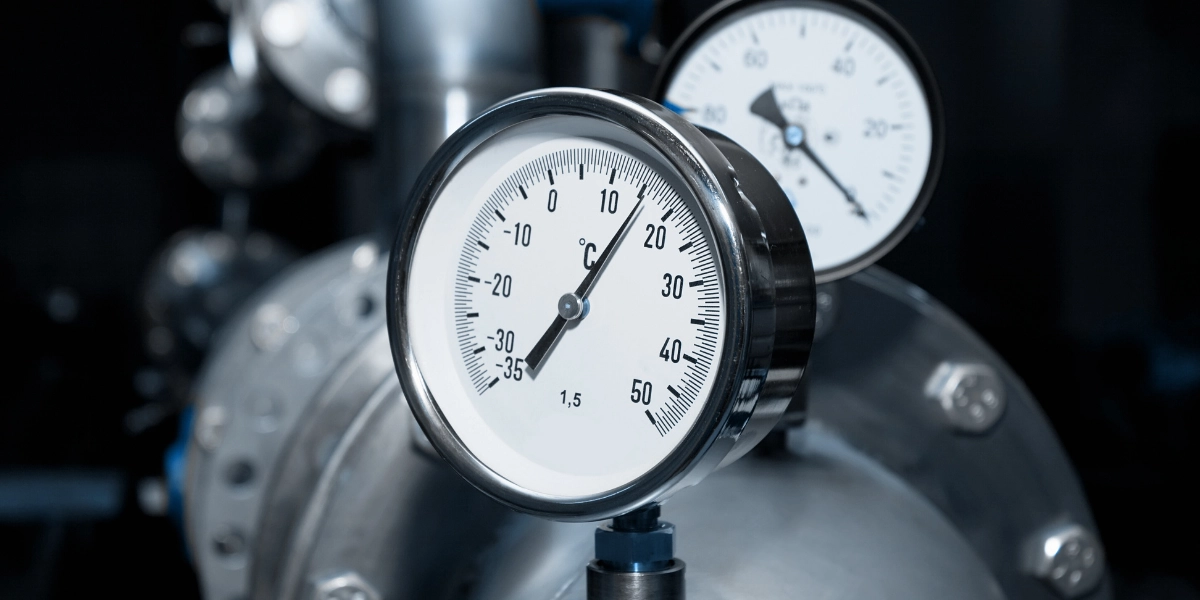
- Blog
- 4 Sep 2025
What Is Heat Deflection Temperature?
In materials engineering, it is important to know how materials behave when they are heated. One key property is called heat deflection temperature (HDT). This is the temperature at which a material starts to bend or soften under a certain load. Understanding HDT helps engineers and designers choose the right material for products that must handle heat, like car parts, electronic devices, or dental tools. In this article, we will explain what heat deflection temperature means, why it matters, how it is measured, and what factors can affect it. We will also look at its role in the thermal properties of composite materials, thermoplastic composites, and engineering plastics.
Introduction to Heat Deflection Temperature
Heat deflection temperature (HDT), also known as heat distortion temperature, is the temperature at which a material deforms under a specific load. In simple terms, it tells us how hot a material can get before it starts to bend or lose its shape when pressure is applied.
This property is very important when working with plastics, composites, and resins. For example, if you use a plastic part in a machine or device that gets hot, you need to make sure the material’s HDT is high enough so it won’t fail or change shape.
HDT is commonly used to compare materials and help engineers decide which one is best for applications where heat resistance matters. It gives useful information beyond just the melting point, especially for thermoplastic composites and other high-performance materials.
Importance of Heat Deflection Temperature in Materials Engineering
In materials engineering, knowing the heat deflection temperature (HDT) of a material is key to creating safe and durable products. HDT helps engineers understand how a material will perform when exposed to heat and stress at the same time.
For example, in the automotive industry, parts under the hood must handle high temperatures without losing strength or shape. In electronics, housings and connectors need to stay stable even when devices heat up. And in dental applications, materials like composite resins must maintain their form during light curing and daily use.
By checking HDT, engineers can compare materials such as engineering plastics and composites to choose the best option for each job. This helps avoid product failure, improves safety, and ensures long-lasting performance. HDT is not just a lab number — it plays a real role in how products work in the real world.
How to Measure Heat Deflection Temperature
Measuring heat deflection temperature (HDT) is important to understand how materials behave under heat and load. To get accurate results, standard testing methods and proper equipment are used in laboratories.
Let’s look at how this process works:
Standard Testing Methods
The most common methods to measure HDT are ASTM D648 (used mainly in the US) and ISO 75 (used internationally). Both tests work in a similar way:
A sample of the material is placed under a bending load, and the temperature is slowly increased. The HDT is the temperature at which the sample bends or deflects by a fixed amount, usually 0.25 mm.
This test is especially important for materials like thermoplastic composites, where knowing the softening point under load helps engineers decide if the material is right for heat-exposed applications.
Testing Equipment and Setup
The main equipment used in HDT testing is a heat bath or oven with a precise temperature control system. The sample is held in a frame, and a standard load is applied on top.
As the temperature increases at a set rate (usually 2°C per minute), the machine measures how much the sample bends. When the set deflection is reached, the temperature is recorded as the HDT.
Good test setup, including sample preparation and correct loading, is critical. This ensures reliable results, which are essential when comparing materials — especially when evaluating the thermal properties of composite materials in engineering projects.
Factors Affecting Heat Deflection Temperature
Several factors can influence the heat deflection temperature (HDT) of a material. Understanding these helps engineers and product designers make better choices.
One key factor is the material type. For example, engineering plastics generally have higher HDT values compared to regular plastics because they are designed to handle more heat and stress. Composite materials can also show improved HDT thanks to reinforcements like glass or carbon fibers, which strengthen the material and help it resist deformation.
Another factor is filler content and additives. Adding fillers like mineral powders or fibers can increase HDT by making the material stiffer. On the other hand, adding too many softening agents or plasticizers can lower HDT.
Processing conditions also play a role. How the material is molded, cooled, or cured can affect its internal structure and, as a result, its heat performance.
Finally, part geometry matters — thin parts may soften faster under heat, while thicker or reinforced shapes can withstand higher temperatures before bending.
By considering all these factors, engineers can select or design materials that meet the heat resistance needs of their applications.
In conclusion, understanding heat deflection temperature (HDT) is essential for anyone working with materials that face heat and stress. Whether you are choosing engineering plastics, thermoplastic composites, or other advanced materials, knowing their HDT helps ensure safety, durability, and performance.
By learning what HDT means, how it is measured, and what factors affect it, engineers, designers, and manufacturers can make better material choices for a wide range of applications — from automotive and electronics to dental and medical devices.
Choosing the right material with the right thermal properties leads to products that last longer, work better, and meet the demands of today’s industries.


